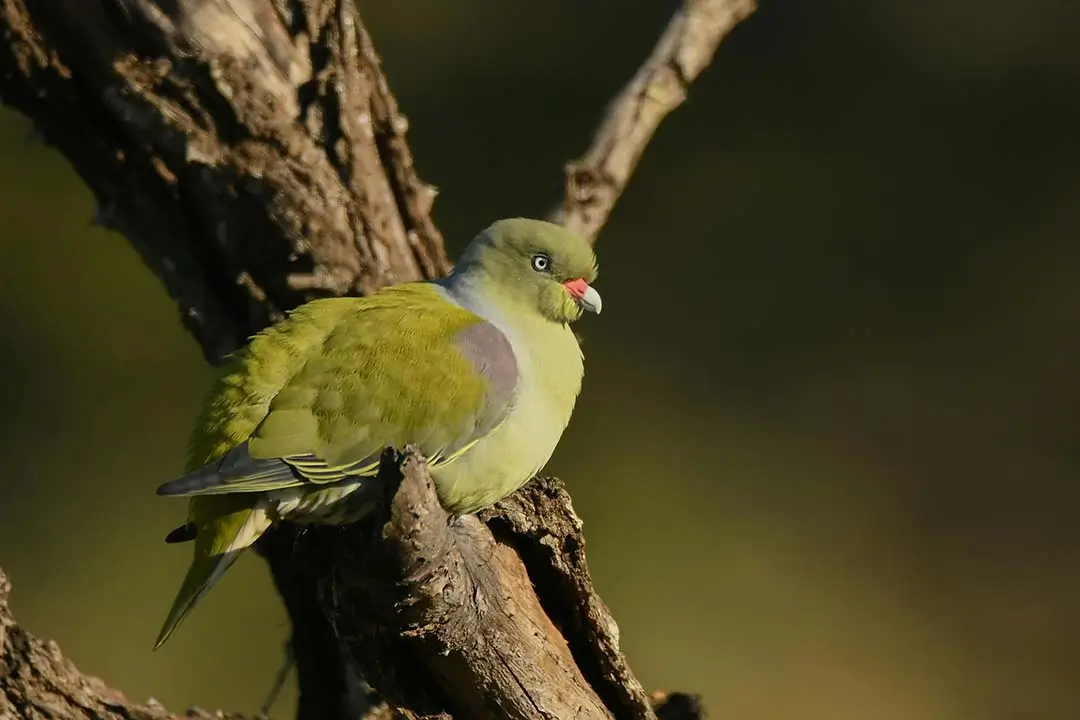
BIRDING IN
Bwindi Impenetrable Forest National Park
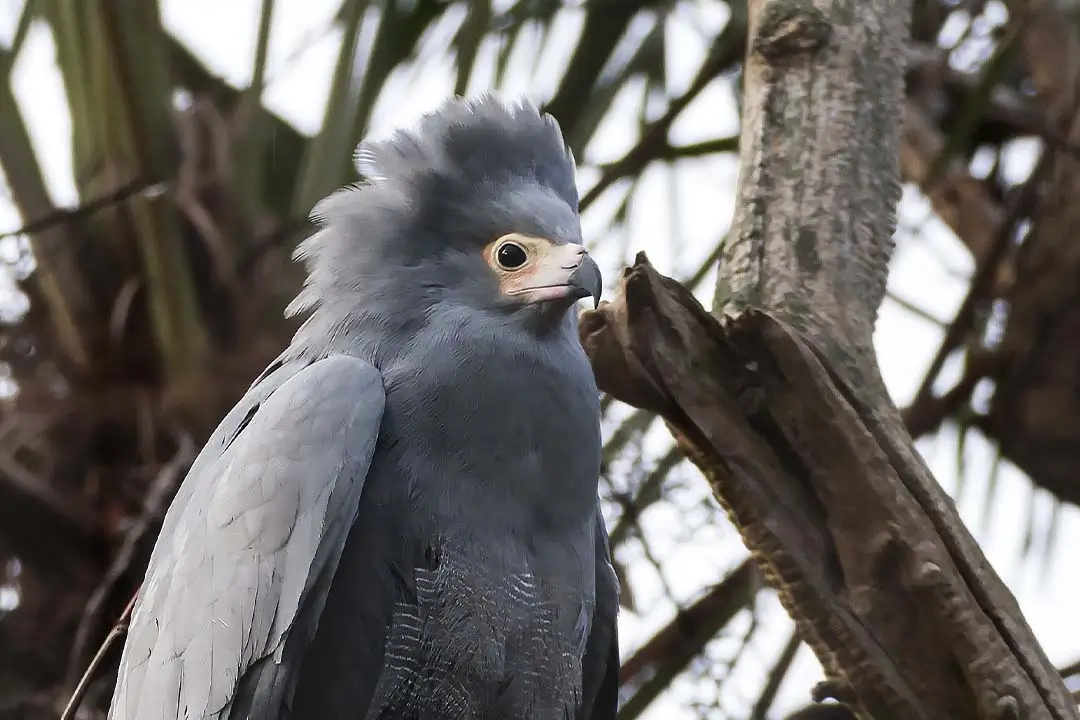
BIRDING IN
Bwindi Impenetrable Forest National Park

BIRDING IN
Bwindi Impenetrable Forest National Park

BIRDING IN
Bwindi Impenetrable Forest National Park
Bwindi Impenetrable Forest National Park (1°07'S x 29°65'E) is a World Heritage Site located in south western Uganda shared by the districts of Rukungiri, Kisoro and Kabale. Bwindi is on the edge of the western rift valley. The park is 331 square kilometres on an altitude range of 2607 meters-Rwamunyonyi peak and 1160meters-Ishaha gorge. Weather is cold during June - July rains heavily in March-April and September-November.
Bwindi is an ecological island forest of global importance and is the richest conservation area in Uganda owing to the exceptional diversity of both flora and fauna. Its faunal community is considered to be East Africa's richest due to extensive lowland-montane forest continuum. It's the habitat for world's endangered mountain gorillas.
Bwindi is the Bird watchers haven as experienced bird watchers can identify up to 100 species in a day in Ruhija and Buhoma. It shelters 348 species of birds and contains 90% of all Albertine rift Endemics such as the Short-tailed Warbler, Rusty-faced woodland Warbler, Bar-tailed Trogon, Gruer's Rush Warbler, Wilcock's Honey-guide, Yellow-eyed black Fly-catcher, Kivu Ground Thrush, Dusky Crimson Wing, White-tailed Blue Monarch among others, hard or not possible to see in any other part of East Africa.
Some 350 species of birds have been recorded. At least 70 of the 78 montane forest bird species occurring in the Albertine Rift region are found in the forest, including 22 of the 36 endemics. 12 species of bird occur only in Bwindi and in some cases in the neighboring highland forests of south-west Kigezi within Uganda. Key species are the dwarf honeyguide, African green broadbill, Lagden's bush shrike, Kivu ground thrush, Oberlander's ground thrush , Grauer's rush warbler, Chaplin's flycatcher and dusky crimson wing.
Other rare birds are Fraser's eagle owl Bubo, white-bellied robin chat, Grauer's warbler, short-tailed warbler, yellow-eyed black flycatcher, montane double-collared sunbird and dusky twinspot.
Kampala to Kabale is a distance of 414 kilometres on tarmac surface and takes 6 to 7 hours. An additional 120 kilometres from Kabale to Buhoma Park Headquarters via Kanungu and Kanyantoorogo on Murram surface takes 3 to 4 hours and requires a 4 Wheel Drive vehicle. Kabale to Ruhija to Buhoma is 95 kilometers and takes about 3 hours.
Our Experts are ready to provide answers
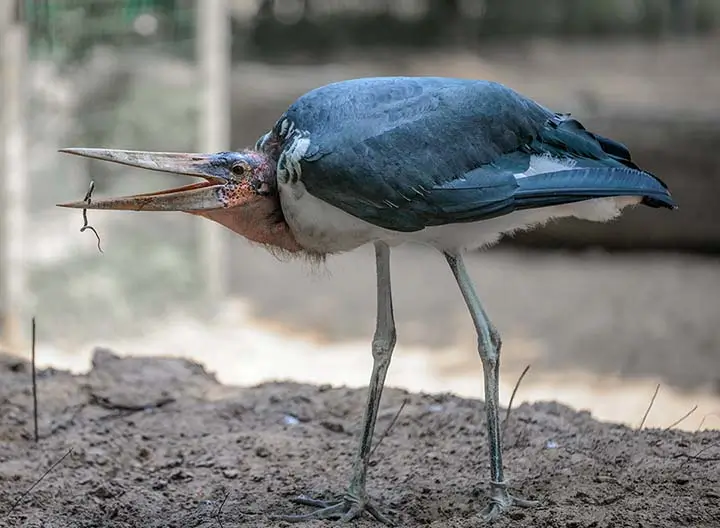
Ajai Wildlife reserve has several bird species and they include Shoebill, the Black-rumped Waxbill, Grey Crowned cranes, Marabou stocks, African fish eagles, Heuglin's Masked Weaver, Chestnut-crowned Sparrow-weaver.
Read More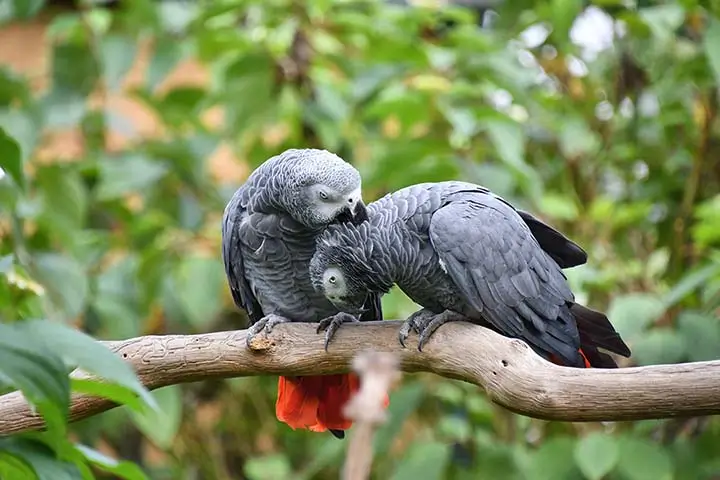
Kibale National Park has so many developed hiking/walking trails with the best birding spot being Bigodi wetland sanctuary where birders take visitors for a 4-hour walking trail.
Read More
The Apoka Rest Camp and Park Headquarters overlooking the swallow, southern Narus Valley is a grand spot to start your Kidepo birding.
Read More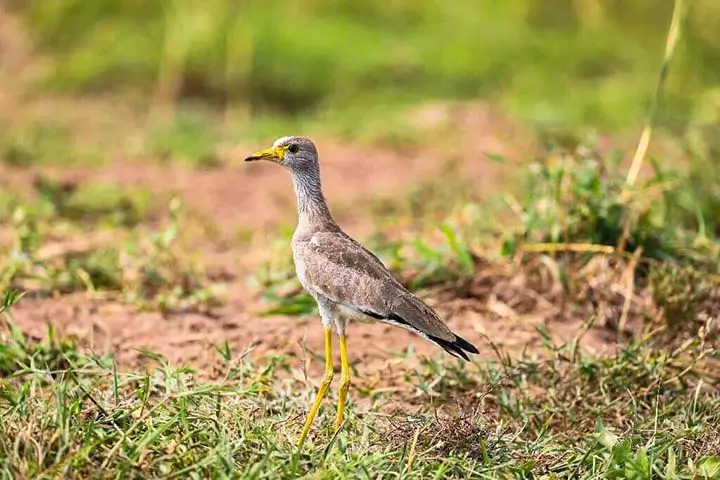
The best birding spots in the park include the swampy valleys of Warukiri and Miriti, and the roadsides between Rwonyo camp and the jetty. There are viewing platforms at the salt lick, in Miriti Valley, and in Rubanga Forest.
Read More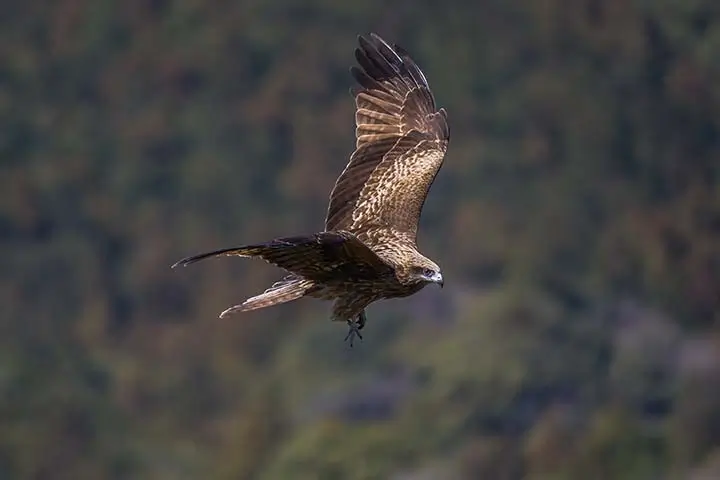
The Park is set apart with a unique bird fauna 79 bird species have been recorded within the park, including several species prevalent to the East Congo Montane region.
Read More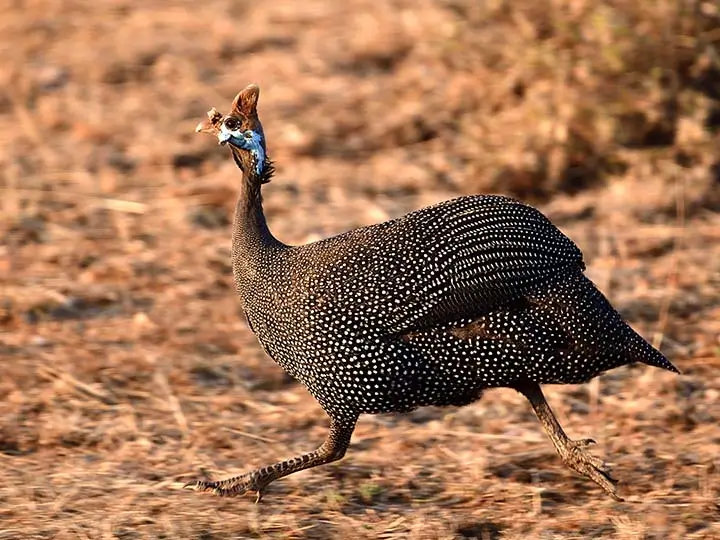
Excellent birding opportunities exist around Kapkwai Forest Exploration Centre, in particular in the secondary forest and thick shrub along the loop trails extended to cover Cheptui Falls.
Read More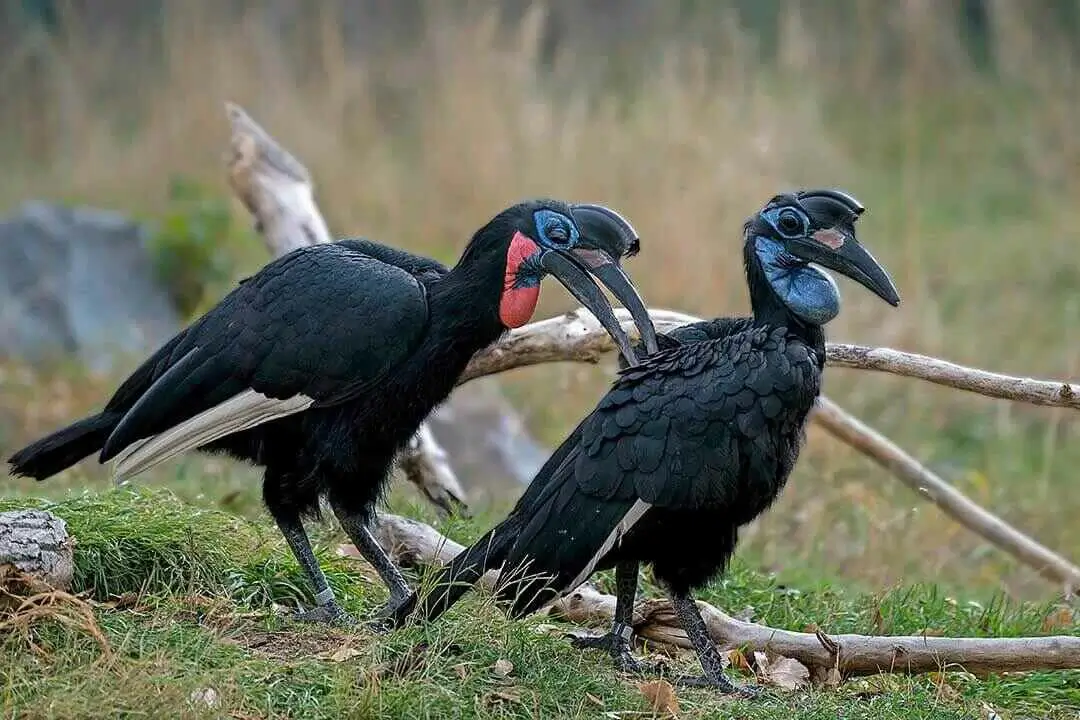
Over 500 bird species are known from the site. Falco naumanni is a passage migrant and Circus macrourus occurs on passage and in winter. Acacia woodland holds the largest known population of Agapornisfischeri, Parusfringillinus is resident and there have been recent records of Apaliskaramojae from Acacia drepanolobium woodland in the south-west of the site.
Read More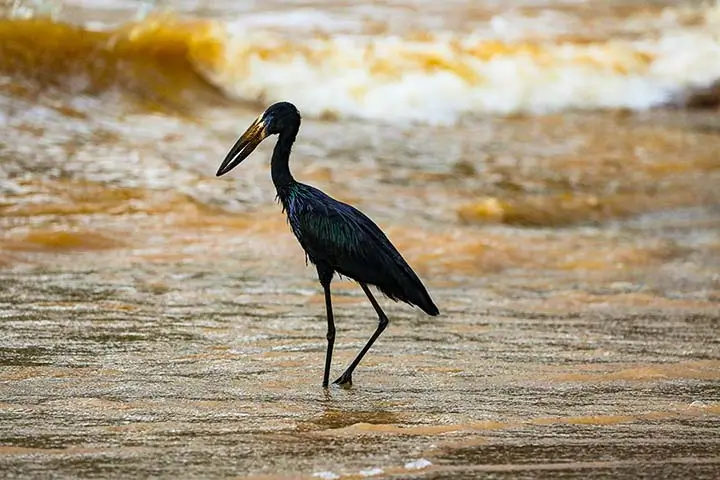
It has 611 recorded bird species in the Kazinga channel sanctuary which covers an area approximately 207kilometers.
Read More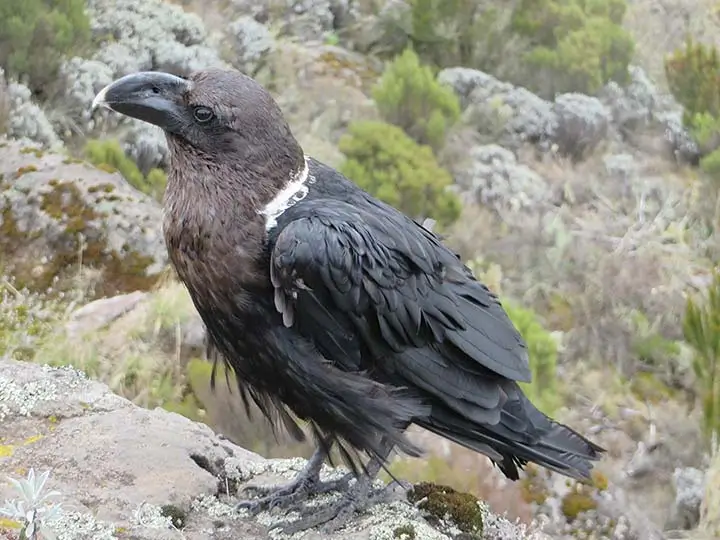
The park is one of the world's Endemic Bird Areas (EBA). There are up to 241 species of birds which is about 27% of Uganda's total. Close to 177 bird species live in the Afromontane forest and 19 species are endemic to the Albertine rift.
Read More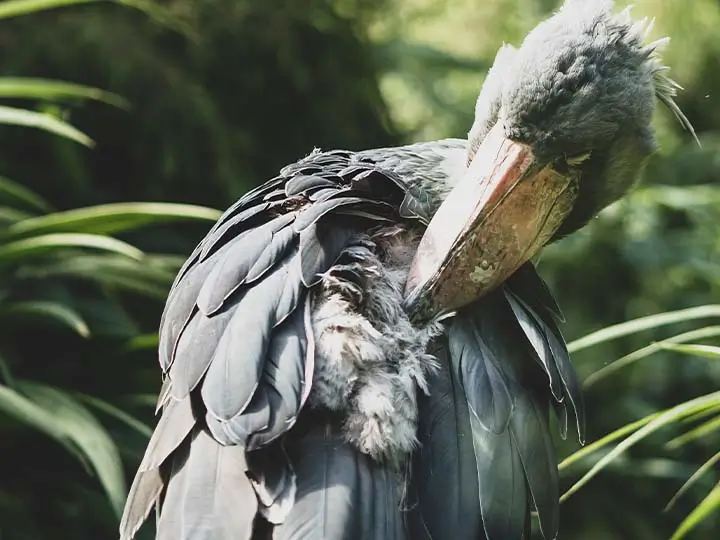
Birders who make it to Semuliki are always rewarded with some of Africa's best forest birding. Sempaya and Ntandi provide excellent viewing of the birds.
Read More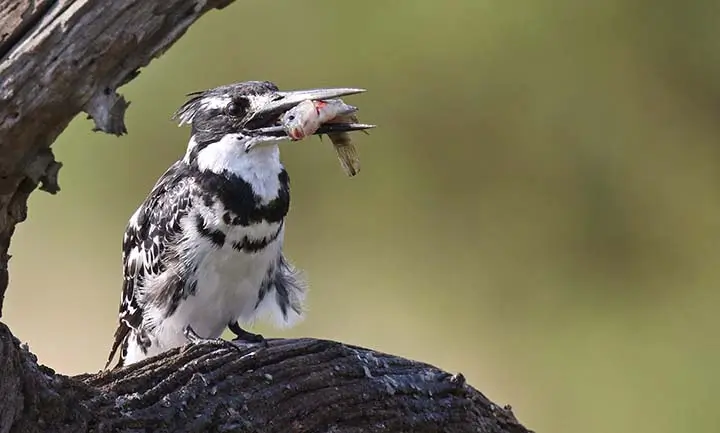
As compared to many other birding destinations within the country, This area of the lake has got over 200 bird species and some of these include;
Read More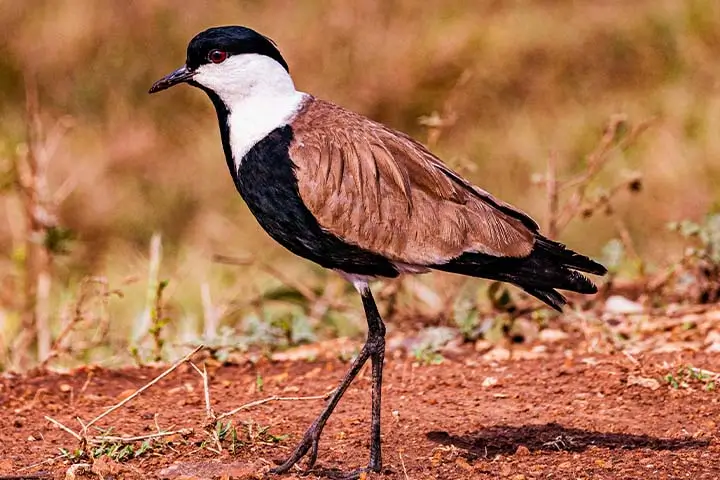
As compared to many other birding destinations within the Birding here is done near new Lutembe beach located on Entebbe road at Namulanda. The bay area has trees, marshlands, and shrubs. Early in the morning is the best time to get to Lutembe as there is a lot of bird activity.
Read More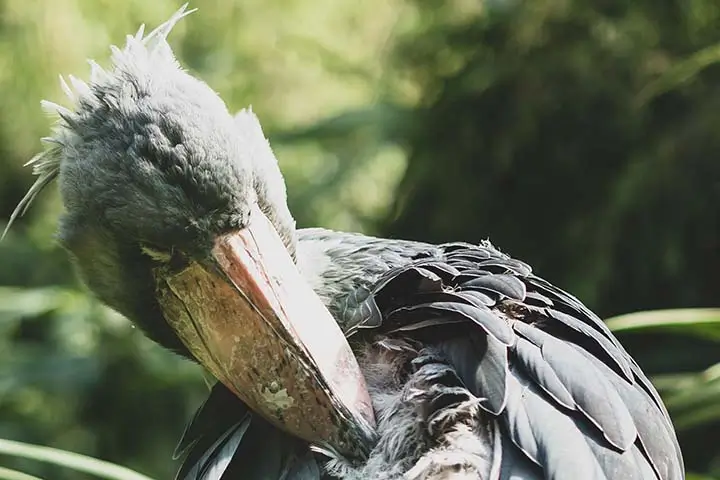
Located on the edge of Lake Victoria, Mabamba Bay Wetland is one of few places where the rare Shoebill Stork can be found. Mabamba Swamp is the most accessible and reliable with the best chances of seeing the Shoebill in Uganda.
Read More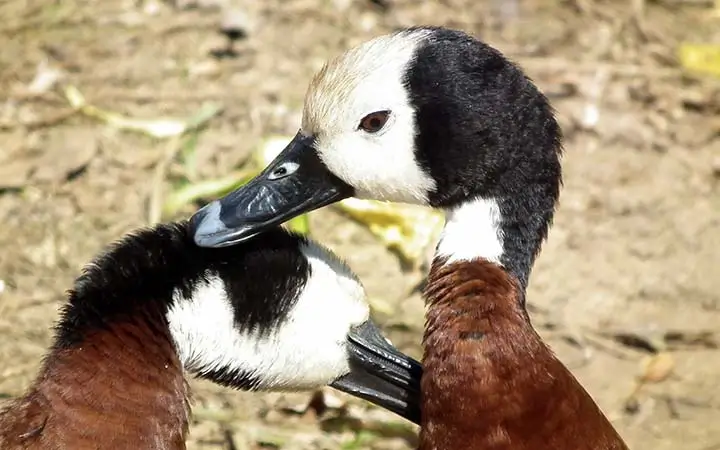
The Uganda Wild Life Authority has registered a reduction in bird species in Pian Upe, and Matheniko, Bokora game reserves due to the persistent drought that has dried up all water sources in the reserve.
Read More